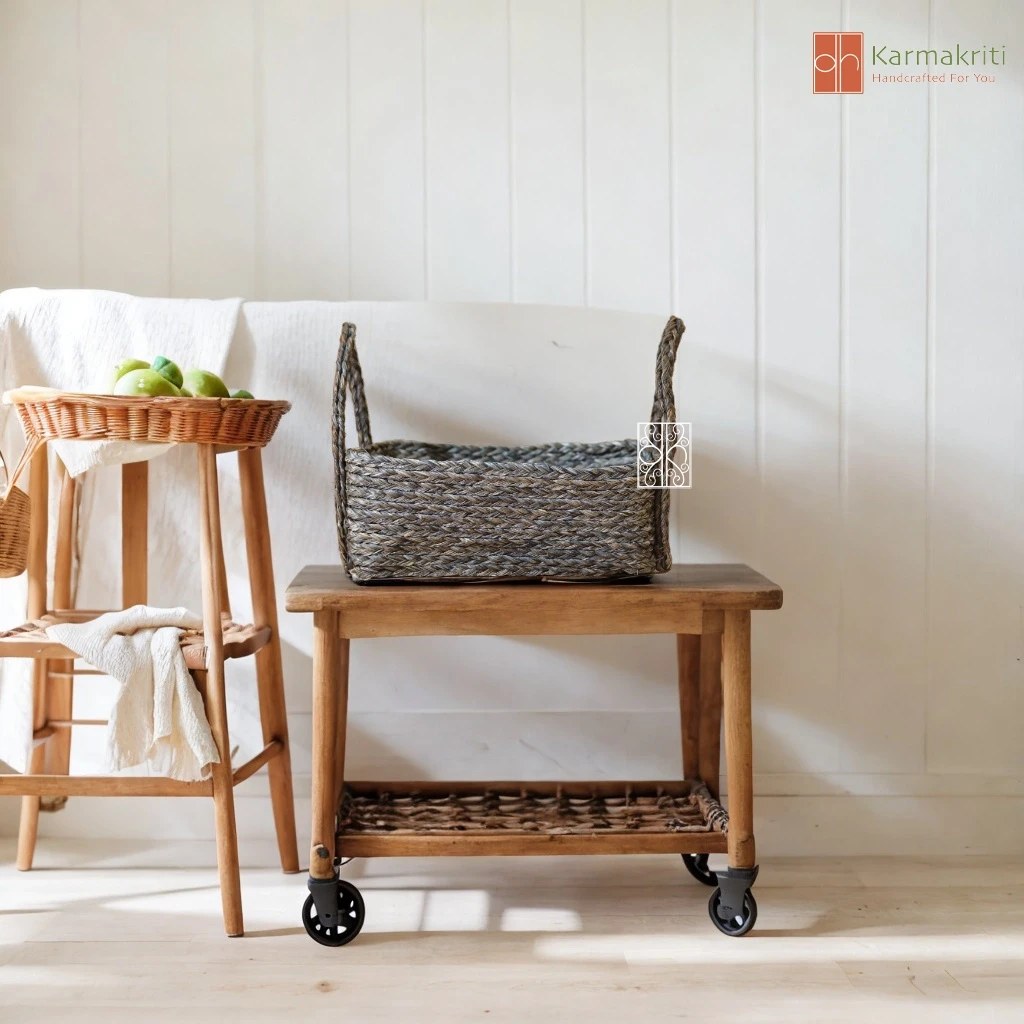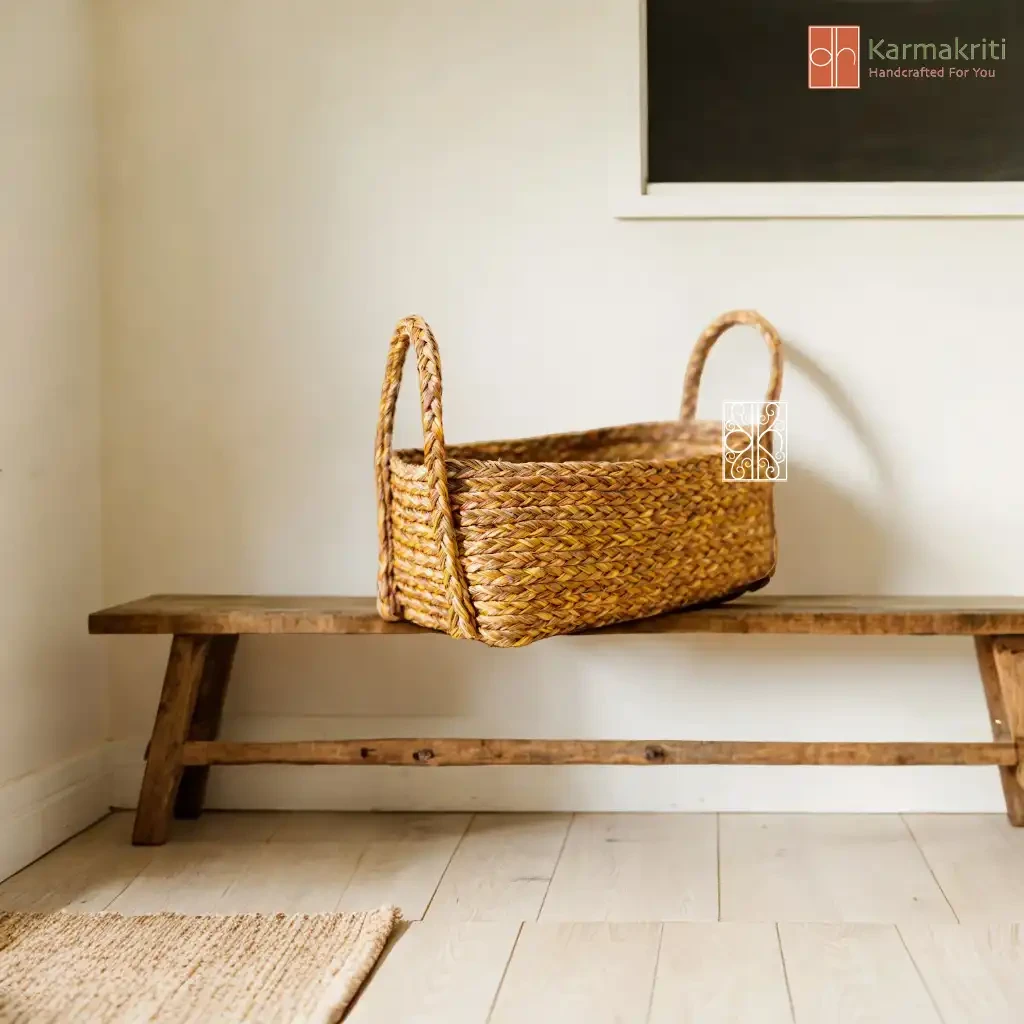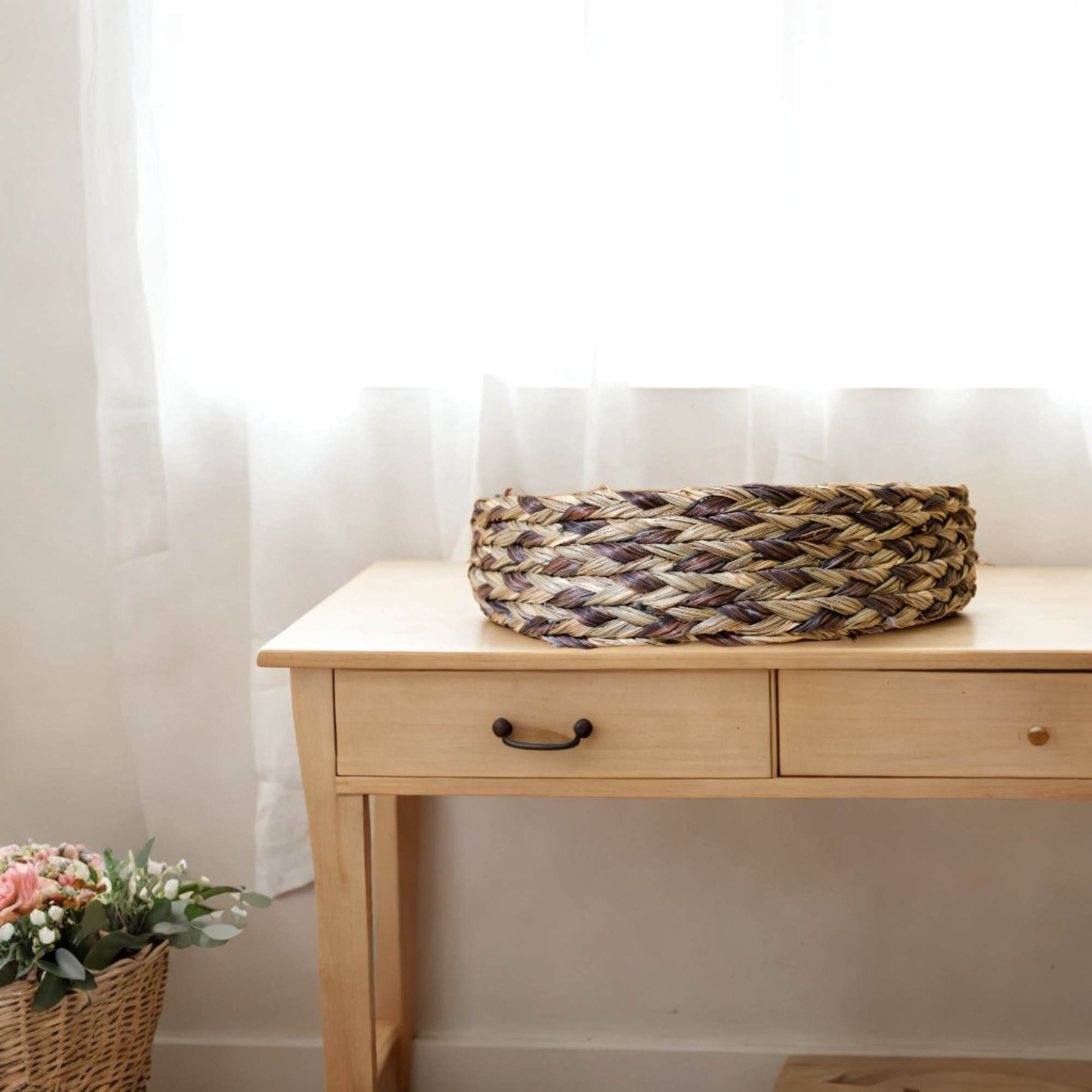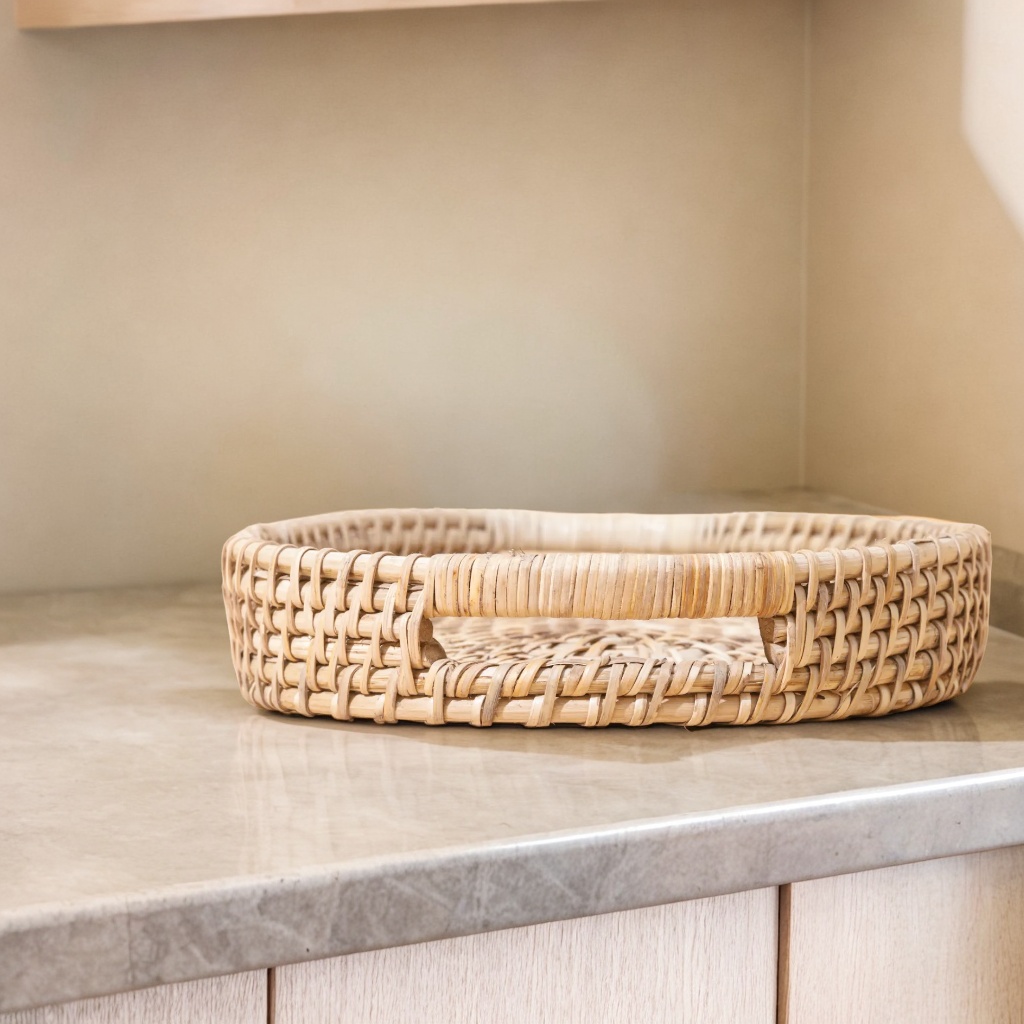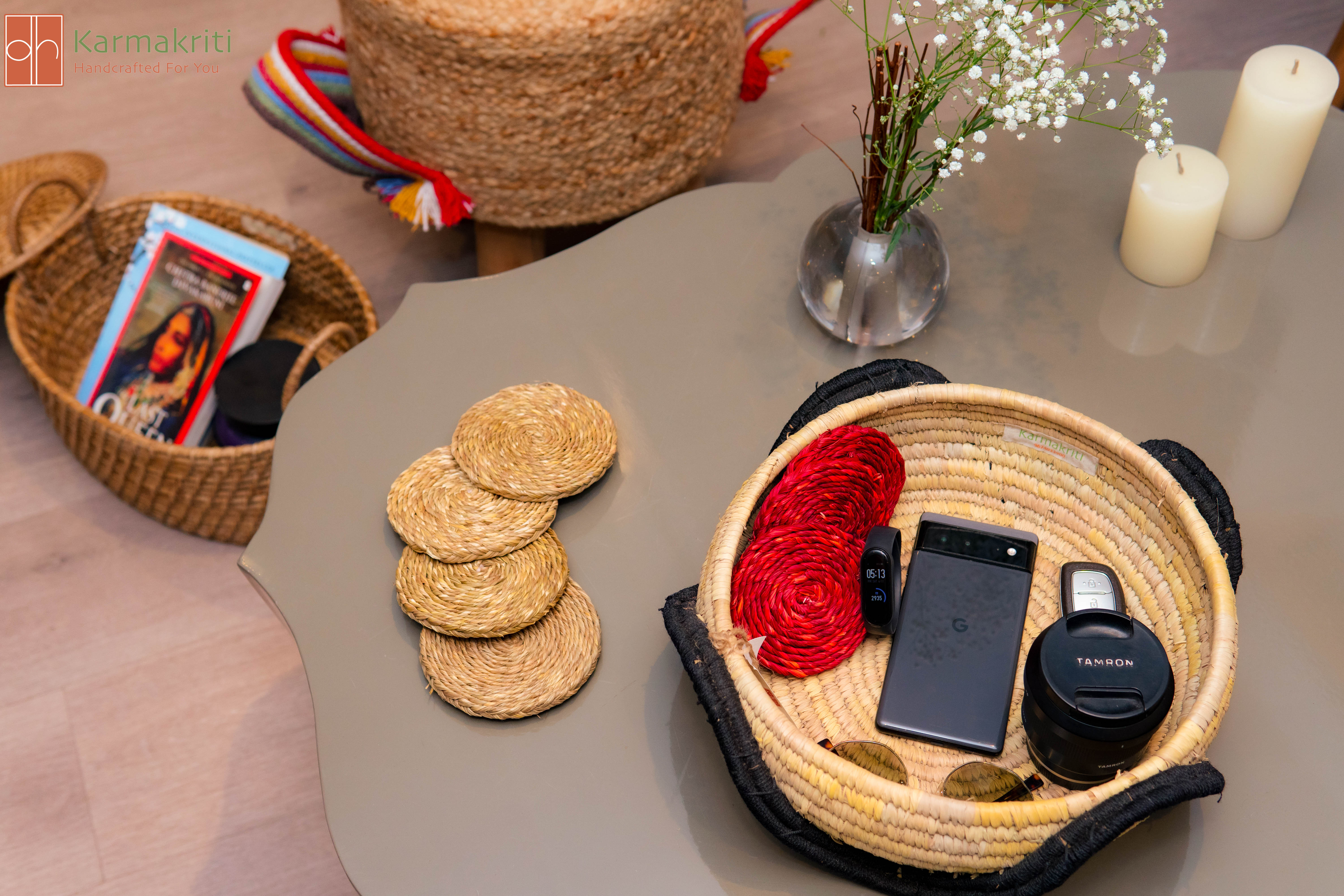Guide on Setting up and Using An Accessories Organizer1
Guide on Setting up and Using An Accessories Organizer
For most people, arranging their accessories might prove difficult, but the right accessories organizer can be a rewarding experience. Use an organizer to easily find belts, jewelry, scarves, and other accessories while beautifying your home.
A good organizer for accessories is crucial in ensuring your location is very neat and your accessories well maintained.
Saves Time
An organizer saves a lot of time by making it easy to find clothing and accessories. This method is handy for getting dressed in the morning.
• Quick Access:
Easily find what you need without searching in a messy collection.
• Streamlined Routine:
Cut down on search time and maximize enjoyment of your daily ritual.
• Efficient Dressing:
Find the right accessories to finish your look quickly.
Preserves Items
To keep your items in pristine shape, proper storage is essential. Using an accessory organizer has several benefits:
• Prevents Damage:
Giving everything its place will protect it from damage, tangling, and scratching.
• Protects Delicates:
There are cushioned portions and soft compartments to protect valuables like watches and jewels.
• Reduces Wear and Tear:
Keep your accessories pristine for a more extended period by reducing handling and friction.
• Enhances Style:
An organized collection improves your style and makes life easier.
• Visual Appeal:
Neatly displayed accessories look elegant.
• Better Fashion Choices:
You will get a better sense of what works for you in Style since everything is right where you need it to be.
• Inspires Creativity:
A well-organized collection may inspire new outfit combinations and maximize your wardrobe's potential.
Maximizes Space
You may maximize the space you have by using an accessories organizer:
• Efficient Storage:
Hanging organizers, drawer inserts, and vertical space help you maximize every inch.
• Declutter Surfaces:
Invest in an organizer to help declutter your counters and keep surfaces clutter-free.
• Compact Solutions:
Choose the right organizers if you have a little drawer or a considerable wardrobe.
Encourages Organization
An accessory organizer is an excellent investment for encouraging a habit of orderliness:
• Consistent Tidiness:
You can keep your area neat and organized when you have a specific place for everything.
• Routine Cleaning:
To tidy your accessories, go through your organizer regularly.
• Mindful Consumption:
Having everything in its place helps you appreciate what you already have and discourages impulse purchases.
Improves Overall Well-Being
Decluttering your space might help you feel better and less stressed:
• Calm Space:
Less chaos and more significant serenity permeate a well-organized space.
• Productivity Boost:
If your work area is neat and organized, you can concentrate better and get more done.
• Positive Habits:
Developing good routines and habits by maintaining order may have repercussions.
Choosing the Right Accessories Organizer
Get the accessory organizer that will work best for you before you start setting everything up. Several things should be thought about:
Size:
Check the dimensions to ensure it will fit in your room and hold all your accessories.
Type:
Among the many varieties are freestanding boxes, drawer inserts, and hanging organizers.
Material:
Think about eye-catchiness and longevity. Materials such as wood, plastic, and cloth are common.
Compartments:
Find storage solutions with adequate slots to divide your various accessories.
Setting Up Your Accessories Organizer
Step 1: Gather Your Accessories
First, you should gather all your accessories in one location. Establishing a general organizational framework and evaluating your skills are necessary. Here’s a meticulous style to jamboree your accessories:
Step 2: Create a Collection Area
Get everything you need onto a big surface, such as the floor or a large table. Since this room is big enough, there shouldn't be any unnecessary jumble.
Step 3: Include All Types of Accessories
Always be sure to collect all of your accessories. This extensive selection will clearly define your storage demands. A few everyday items to collect are:
• Jewelry: Jewelry includes rings, earrings, necklaces, bracelets, pins, and anklets.
• Scarves: Wraps, shawls, lightweight summer scarves, and thicker winter scarves.
• Belts: Different belts are for different purposes, and they are broad, fashionable, and functional.
• Sunglasses and Glasses: Spectacles for reading, driving, and other activities, alongside prescription eyewear.
• Watches: Timepieces for daily use, those for special occasions, those for tracking physical activity, and smartwatches.
• Hair Accessories: Hair accessories such as combs, clips, pins, and bands.
• Hats and Caps: Hats for all seasons, including summer, winter, baseball, and fashion.
• Bags and Purses: Clutches, handbags, shoulder bags, and wallets.
• Miscellaneous Items: Things like key chains, cufflinks, tie clips, and anything else you'd want to keep tidy.
Step 4: Check All Storage Locations
Your house might be a jumbled mess of accessories. Make sure you get everything by searching thoroughly. Make sure:
• Dressers and Drawers: In particular, search the drawers and cabinets that hold your jewellery and other accessories.
• Closets: Examine all storage containers, including shelves, hanging organizers, and bins.
• Vanity Tables: Take a long look at your cosmetics table or vanity.
• Handbags and Purses: Remove any items from bags or handbags that might conceal lost accessories.
• Jewellery Boxes: Examine any existing jewellery boxes or other little storage units.
• Bathrooms: The bathroom is excellent for looking for hidden compartments containing jewellery, hair clips or watches.
Step 5: Choose the Right Compartments
Put each kind of accessory in its corresponding spot in your organizer. A detailed explanation of how to arrange various objects follows:
• Jewellery: Keep earrings and ring sizes modest. To avoid tangles, use bracelets and necklaces with more extended portions.
• Belts and Scarves: Put them in bigger containers or roll them up if your organizer has a hook.
• Sunglasses and Watches: Protect against scratches by using cushioned areas.
• Other Small Items: Sort things by similarity and put them in a specific bin.
Step 6: Arrange Your Accessories
Next, position each of these items into the proper compartment. Ensure every accessory has adequate space to prevent overcrowding in the area. Sort them as they please; group them by category, colour, or frequency.
Using Your Accessories Organizer
Organize and use the accessories organizer properly once you have set it up, like any other organizer. This keeps your space organized and your equipment in the condition you want. Here are some comprehensive tips to help you get the most out of your accessories organizer:
Regular Maintenance
Maintaining your accessories organizer regularly is essential to ensure its functionality and appearance. Following these steps can help you remain compliant:
• Monthly Check-ins: Review your accessories monthly. Ensure everything is in its place and cleaned or repaired as needed.
• Decluttering Sessions: Regularly assess your collection. Discard unwanted stuff and give or recycle them. This lets you retain what you love and use and manage your collection.
• Cleaning Routine: Clean your organizer to avoid dust. To remove dirt from fabric organizers, hoover or gently clean them.
Daily Use
Developing decent habits for daily use is essential for sustaining an organized space:
• Immediate Returns: Always put things back where they belong after using them. Besides keeping your organizer neat, this also helps prevent clutter from building up
• Quick Adjustments: Rearrange items if they are out of place or if the organizer is too full. Avoid bigger disasters with steady and little action.
• Visual Checks: Make sure everything is where it should be before you sleep or leave the home. Maintaining order in your area is as easy as taking a few seconds.
Seasonal Rotation
Certain accessories are utilized more in certain seasons. Storage may be optimized with seasonal rotation:
• Winter to Summer: Put away your bulky winter belts, scarves, and gloves for the summer and pull out your lightweight summer scarves and sunglasses.
• Summer to Winter: Turn the procedure backwards as the seasons change. Alongside streamlining your everyday routine, this will help prevent your off-season belongings from wearing out prematurely.
• Storage Solutions: Use transparent, marked cartons for off-season storage. This makes it easier to find and swap out seasonal items.
Maximizing Visibility and Access
Making sure your accessories are out in the open and easy to reach will significantly increase their use frequency:
• Clear Dividers: Use see-through dividers or compartments within your organizer to maintain order and visibility. Because of this, you can see everything clearly and make an easy choice.
• Categorize by Frequency: Keep frequently used items within reach and store less-used items higher up.
• Label Everything: Label each container, mainly if your organizer comprises drawers or divisions. Labels aid navigation and remind you where to return stuff.
Organizing by Category
Similar products may be grouped to simplify your accessories organizer:
• Jewellery: Arrange your rings, earrings, and brooches in little containers. To keep your bracelets and necklaces from tangling, try hanging them or laying them flat.
• Belts and Scarves: Put scarves and belts in bigger containers after neatly rolling or folding them. You may also get great results with hanging alternatives.
• Watches and Sunglasses: Place these goods in cushioned containers to prevent scratches. Put them where you can easily view all of your choices.
• Misc. Items: Put little, random things in their own allocated containers. Organize like goods so they're easier to find.
Creating a Routine
A regimen for utilizing and maintaining your accessories organizer assures long-term success:
• Morning Routine: As part of your morning ritual, check your accessories organizer. With this, you can easily choose the perfect accessories to complement your look.
• Evening Routine: In the evening, put all accessories away. So, the following day starts clutter-free.
• Weekly Review: Make it a habit to examine your organizer once a week. Find lost items and prepare for special events that can call for distinctive accessories.
Effectively utilizing an accessories organizer requires constant upkeep, excellent habits, and seasonal adjustments, like most things in life. Keep the organizer clean, put everything back, and check your collection regularly. These techniques prolong the lifespan of your accessories while enhancing productivity and comfort. Cleaning the accessories organizer quickly reduces clutter, style, and organization.
Tips for Maximizing Storage
These extra suggestions will help you get the most out of your organizer or box for accessories:
• Vertical Space: Hanging organizers are a great way to use vertical space, especially for goods like belts and scarves.
• Drawer Inserts: Make unique drawer spaces for valuables like jewels by inserting them.
• Clear Boxes: You can view what's inside a transparent accessory organizer box without opening any compartments.
• Labeling: Make it easy to find the right place for each item by labeling the various compartments.
Benefits of a Well-Organized Accessories Storage Box
• Enhanced Aesthetics: Enhance the visual attractiveness of your space with a well-organized box for storing accessories.
• Better Accessibility: Organized accessories are easy to find.
• Improved Longevity: You can extend the life of your accessories by storing them correctly.
Conclusion
The game-changer for organizing accessories is an accessories organizer. This step by step guide will help you use your accessories organizer and make your daily routine easier. Choose a hanging organizer, drawer insert, or accessory storage box that works for you and stick to it. Have fun organizing!

.webp)
